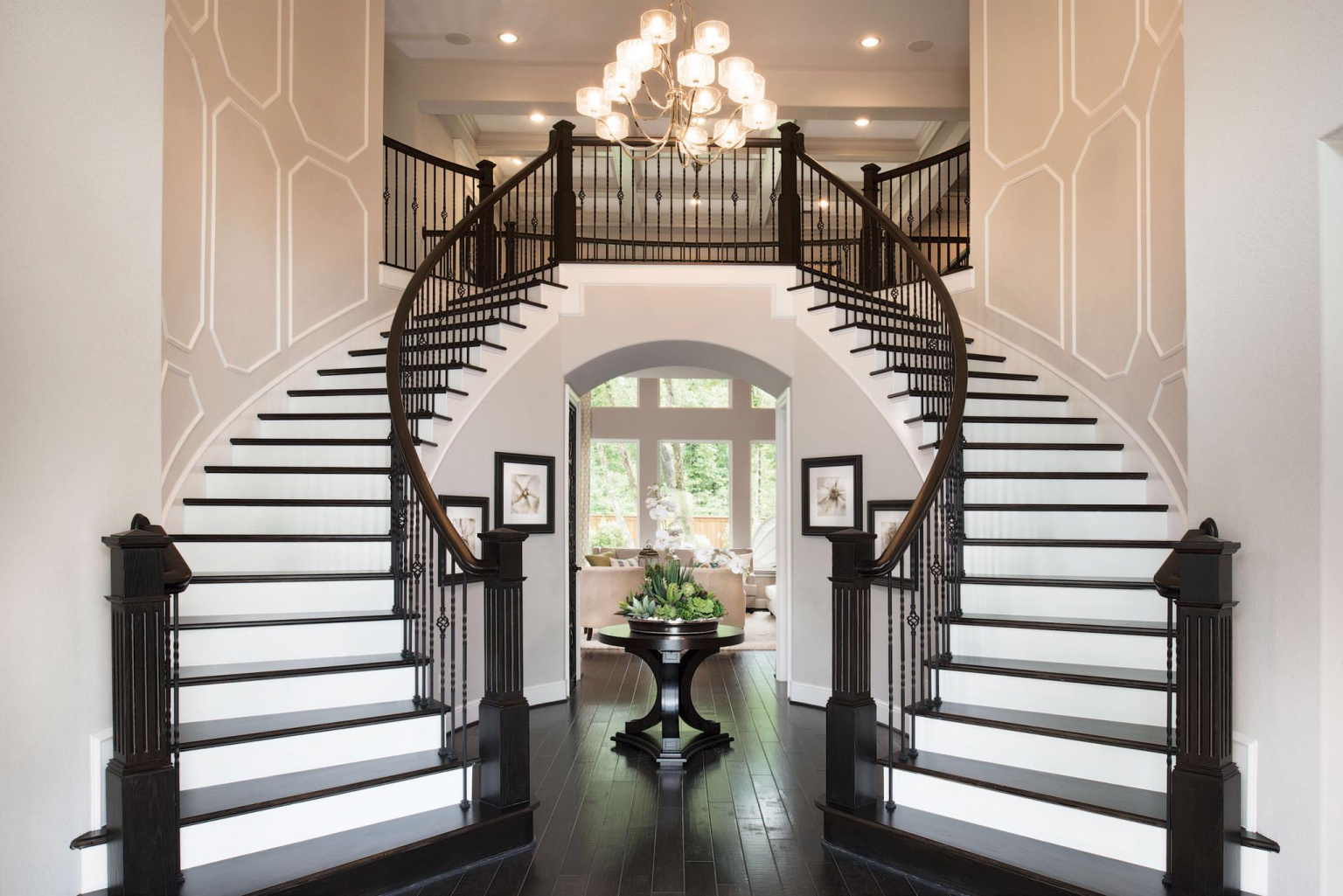 Your home should be your well-decorated sanctuary. However, a beautifully decorated space should also be functional, create ambience, and articulate the personality of those that live there. Attention to these three details will guarantee decorating success.
Your home should be your well-decorated sanctuary. However, a beautifully decorated space should also be functional, create ambience, and articulate the personality of those that live there. Attention to these three details will guarantee decorating success.
Before changing wall colors and moving furniture, spend time thinking about how you live. Get inspiration from magazines and tear out ideas and rooms that speak to you for later reference.
Gather things from around the house that have significance, value or make you feel good. By examining these items you should be able to easily choose your new color palette and decide on the mood you’re looking for. This is the beginning of a well-planned household.
Function
Interior design is more than just visual appeal – it’s making a space work with how you live.
Focal points: Some rooms have obvious focal points (fireplaces, bookcases, architectural elements). For rooms that don’t you must create one using an oversized piece of art, a colorful area rug or exaggerated draperies.
Furniture: Decide which pieces are either too large or too small for the room and get rid of them or trade them out for something appropriate.
Lighting is everything
Proper lighting should be selected that fulfills the functional needs for the area but also entices visual appeal. Try not to use overhead lighting except for in the kitchen. Shy away from CFL and incandescent bulbs. Using non-daylight LEDs or halogens is best.
Ambiance
The feeling a space gives you is created by your choice of colors, furniture style and accessories.
Begin with one single piece that inspires you and let that set the tone for how things should feel or flow.
Keep the wall colors rich yet neutral. Bring in pops of color using the pieces previously mentioned. Doing this will allow you to easily create different looks later without starting over or breaking the bank.
Personality
Accessorizing: Art, greenery, vases, area rugs, pillows, sculptures, books and candles should all be part of the design plan. Stay away from obvious themes. If possible, electronic devices should be out of sight when not in use.
These days there really is no absolute design rule book. The best advice is not to overthink things.
If it excites you a lot and scares you a little, it probably means you should do it!
Imagine what could be …
Nicholas Falls is a design integration specialist for Interior Innovations & Design. He lives in the Greater Parkcrest neighborhood.


